He killed two men in the line of duty in less than three years. Then James Connolly retired from the NYPD as investigators closed in
James Connolly shot and killed two men in the line of duty in his first five years on the NYPD. He was later found to have lied on the witness stand during a civil lawsuit brought by the family of his second victim. Mr Connolly retired in November after repeatedly dodging interviews with a civilian oversight body, Bevan Hurley reports

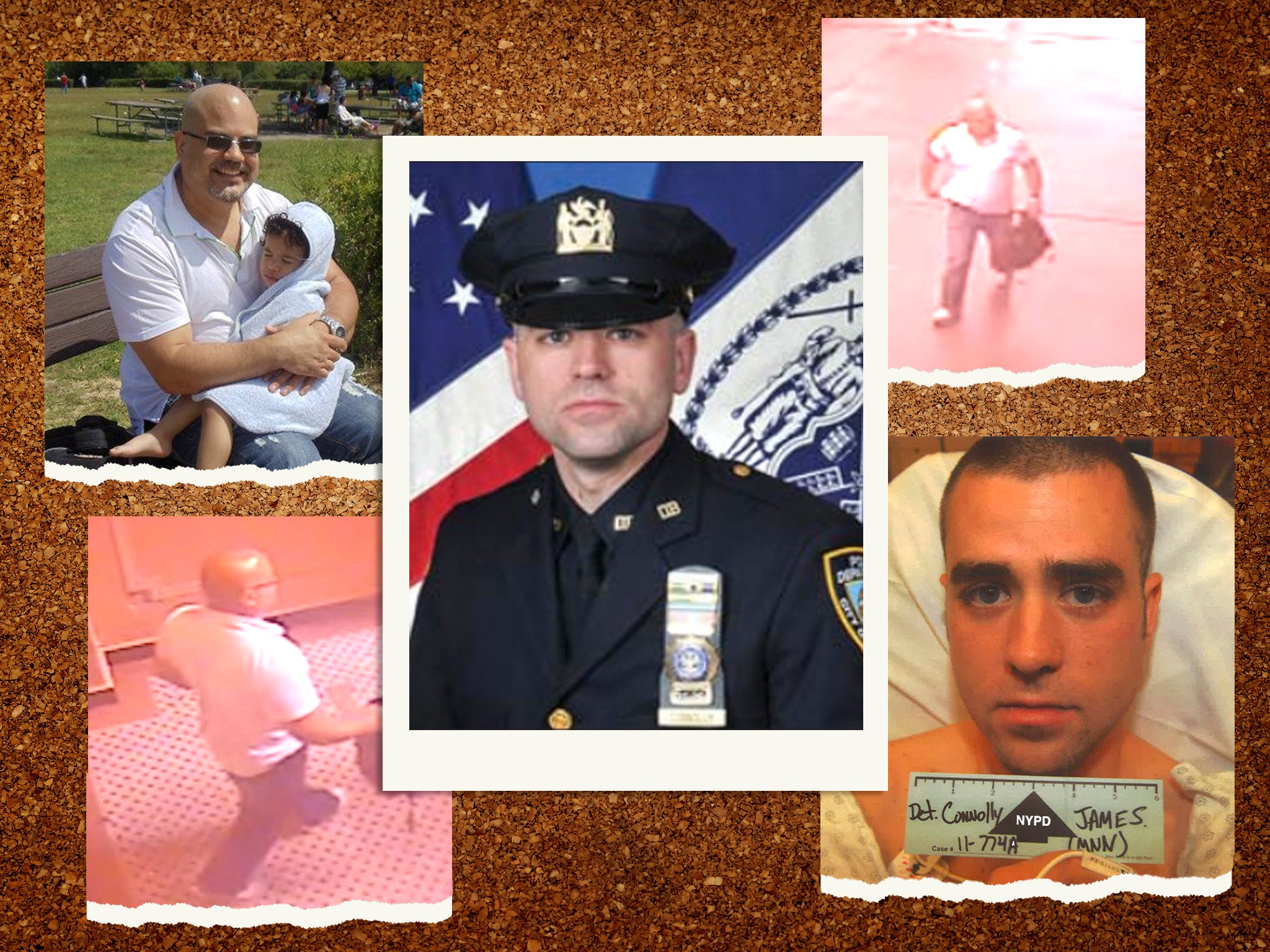
John Collado had been planning to make lasagne for his wife Amarillis, two-year-old son John Jay and his mother at his apartment in Inwood, northern Manhattan, on the day he was killed.
At about 5pm on 6 September 2011, the 43-year-old grandfather and father of six went out to buy ingredients at a grocery store less than a block from his home on Post Ave.
On his way there, a woman approached him to say she had seen that two guys were “trying to kill one another”.
CCTV obtained by The Independent showed Collado run back towards his apartment where he saw Rangel Batista, a who lived in his building, fighting in the street with a second man he didn’t recognise, NYPD plain clothes officer James Connolly.
Collado got between two men and placed his hand on their chests to try to break up the fight, according to witnesses.
Mr Connolly pulled out his service-issue Glock and shot Collado once just above the belly button without saying a word.
According to Mr Connolly’s testimony at trial, Collado had placed him in a headlock and lifted him off the ground, nearly causing him to lose consciousness.
He said he feared for his life, and shot Collado, who was about 100 pounds heavier than him, under his armpit.
However, CCTV footage, eyewitness accounts, and testimony from a pathologist and Mr Connolly’s own partner, James White, contradicted those claims.
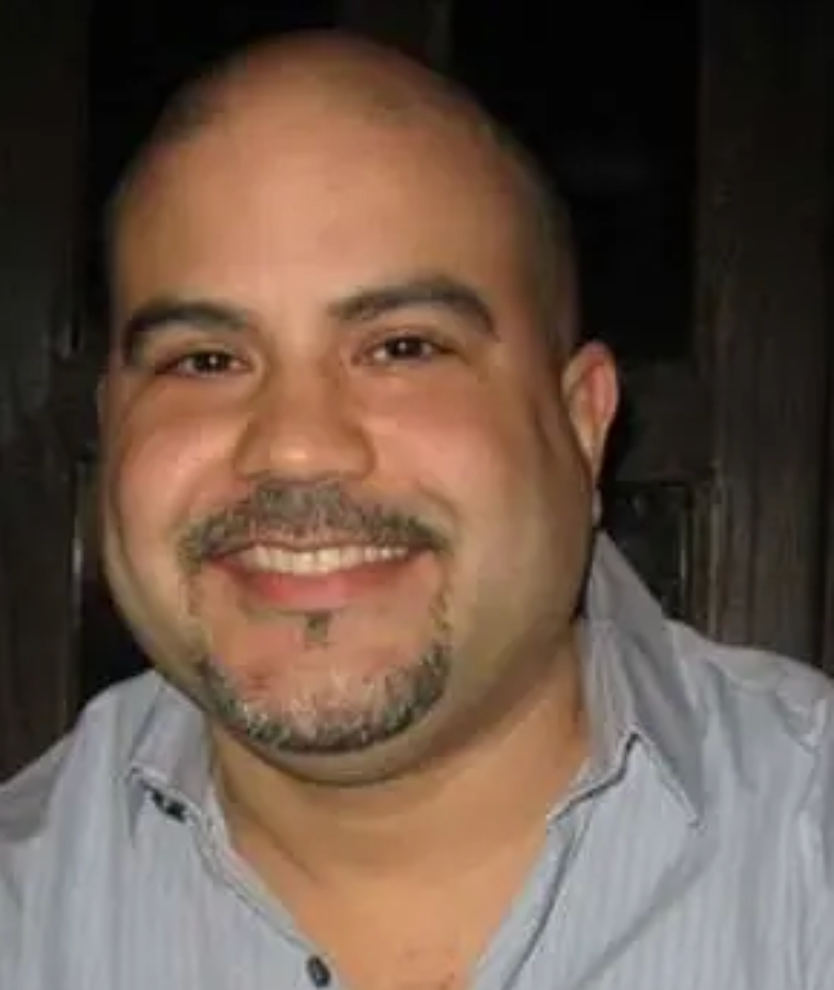
There had been no choke hold. The two men had been facing one another when Mr Connolly fired.
Mr Connolly was found to have lied on the witness stand at a 2018 civil trial, and a jury awarded Collado’s family $5.5m.
It was the second time in less than three years that Mr Connolly had shot a person dead in his brief career, a detail that remained secret for years after Collado’s death.
In 2022, the NYPD’s Civilian Complaint Review Board (CCRB) tried to interview Mr Connolly four times about the Collado shooting.
Internal CCRB documents obtained by The Independent through a freedom of information request show that he avoided scheduled interviews on three occasions while taking sick leave or holiday.
In November, Mr Connolly retired from the NYPD on a disability pension.
‘Each bullet found its mark’
On 11 September 2001, Mr Connolly had been a senior at Walter Panas High School in Westchester, New York.
He would later tell the US Marines’ official website that his father Frank, an NYPD detective, had been at Ground Zero that day. His brother, who was also with the NYPD, was called to guard a nuclear power plant. His grandfather Frank Senior had also been an NYPD lieutenant.
The terror attack angered him, and he joined the US Marines against his family’s wishes, signing up straight out of high school. He served in a tour of Iraq as an aircraft recovery specialist with the Marine Wing Support Squadron 271.
“Marines are the ones who fight so that is what I wanted to do,” he told the US Marines publication.
Mr Connolly completed what he would later describe as “his lifelong dream” of joining the NYPD’s police academy in 2006.
His first assignment was to The Bronx’s 45th Precinct, a few miles from where his father Frank had served as a patrolman in the 1980s in the 41st Precinct. It was synonymous in those days with lawlessness and extreme violence.
Mr Connolly volunteered to work undercover in the narcotics division and was assigned to Manhattan North Narcotics, and received basic plain clothes training in 2007, his training record on The Cop Accountability Project shows.
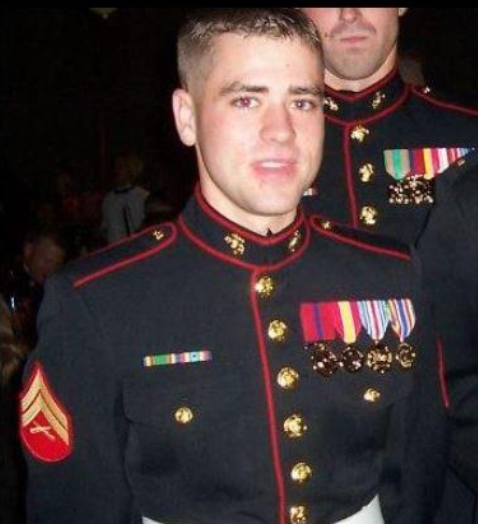
In April of the next year, Mr Connolly received a complaint of excess force for pointing his gun at an unidentified person. He was cleared of wrongdoing.
On 15 January 2009, Mr Connolly was on an undercover narcotics assignment in Washington Heights in upper Manhattan when he tried to purchase five grams of cocaine from an 18-year-old named Anthony Roman.
Mr Connolly would later say that Roman had pulled a gun on him and tried to rob him after he complained that the teenager had tried to sell him counterfeit drugs.
“The dealer tried to lure the undercover into a building vestibule, but the cop wasn’t buying it,” a press release from the Police Benevolent Association at the time read.
Mr Connolly would later tell investigators that he handed Roman cash with his left hand then shot him three times with a gun hidden in the right pocket of his jacket. Roman died six days later in hospital.
“Each bullet found its mark,” the association stated, in awarding Mr Connolly with its Finest of the Finest award.
Mr Connolly was then transferred to the 34th Precinct, which covers the largely Dominican neighbourhoods at the upper end of Washington Heights and Inwood.
According to his profile on the Cop Accountability Project, Mr Connolly received VIP protection duties and evidence training over the next two years leading up to his fatal shooting of Collado.
Almost 10 years to the day after 9/11, Mr Connolly was working in a plain clothes unit when he crossed paths with John Collado.
The killing of John Collado
Mr Connolly was working in a five-man narcotics plain clothes unit conducting surveillance in Inwood on 6 September 2011. Plain clothes narcotics work can be dangerous, and training manuals instruct officers to stay in close contact.
His partner James White stopped the car to grab a slice of pizza, while Mr Connolly walked down Post Avenue, according to an official account from the CCRB.
Mr Connolly would later testify at a civil trial that he was alone when he saw Mr Batista, a convicted drug dealer, with bags of marijuana attempting to make a sale inside an apartment building on Post Avenue.
The then-27-year-old police officer of five years pursued the suspect into the building, and testified that he radioed his five-man plain clothes team for backup. His team never received the message, which lawyers for the NYPD blamed on poor coverage in the building.
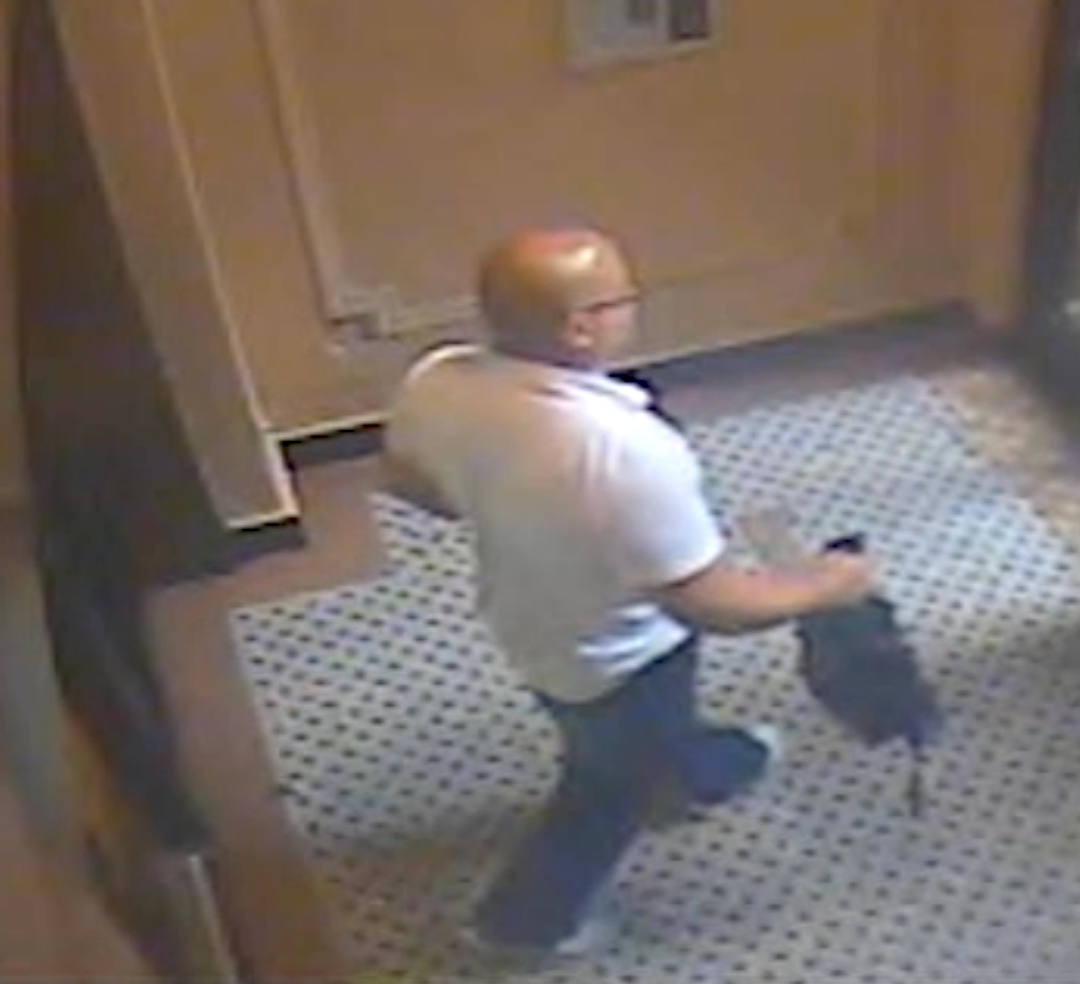
Mr Connolly said that as he tried to arrest Mr Batista, the suspect pushed past him and tried to escape down the street.
The officer grabbed onto him and was dragged down onto the street. The pair started scuffling but Mr Connolly was outmatched by the much larger suspect.
Witnesses called to testify at trial said they didn’t realise Mr Connolly was a police officer. His cries of “police, police,” were mistaken for “please, please”, according to a transcript of the trial.
As Collado arrived to break up what he thought was a street fight, witnesses said he tried to separate the two men and placed his hand on Mr Connolly’s torso.
The officer pulled his gun out and shot him once in the abdomen without warning.
Mr Connolly’s partner would tell a jury that he had been looking for his partner, and saw the fatal shot as he approached by car.
The men had been facing one another and had their hands on each other’s shoulder when the shot was fired, Mr White testified. As Collado lay bleeding and moaning in pain on the ground, Mr White put him in handcuffs.
Mr Connolly was rushed to New York Presbyterian Hospital, where he was treated for minor injuries. He would tell the jury he suffered neck pain, a shoulder muscle tear, and a “little bit of redness on the outside of my cheeks”.
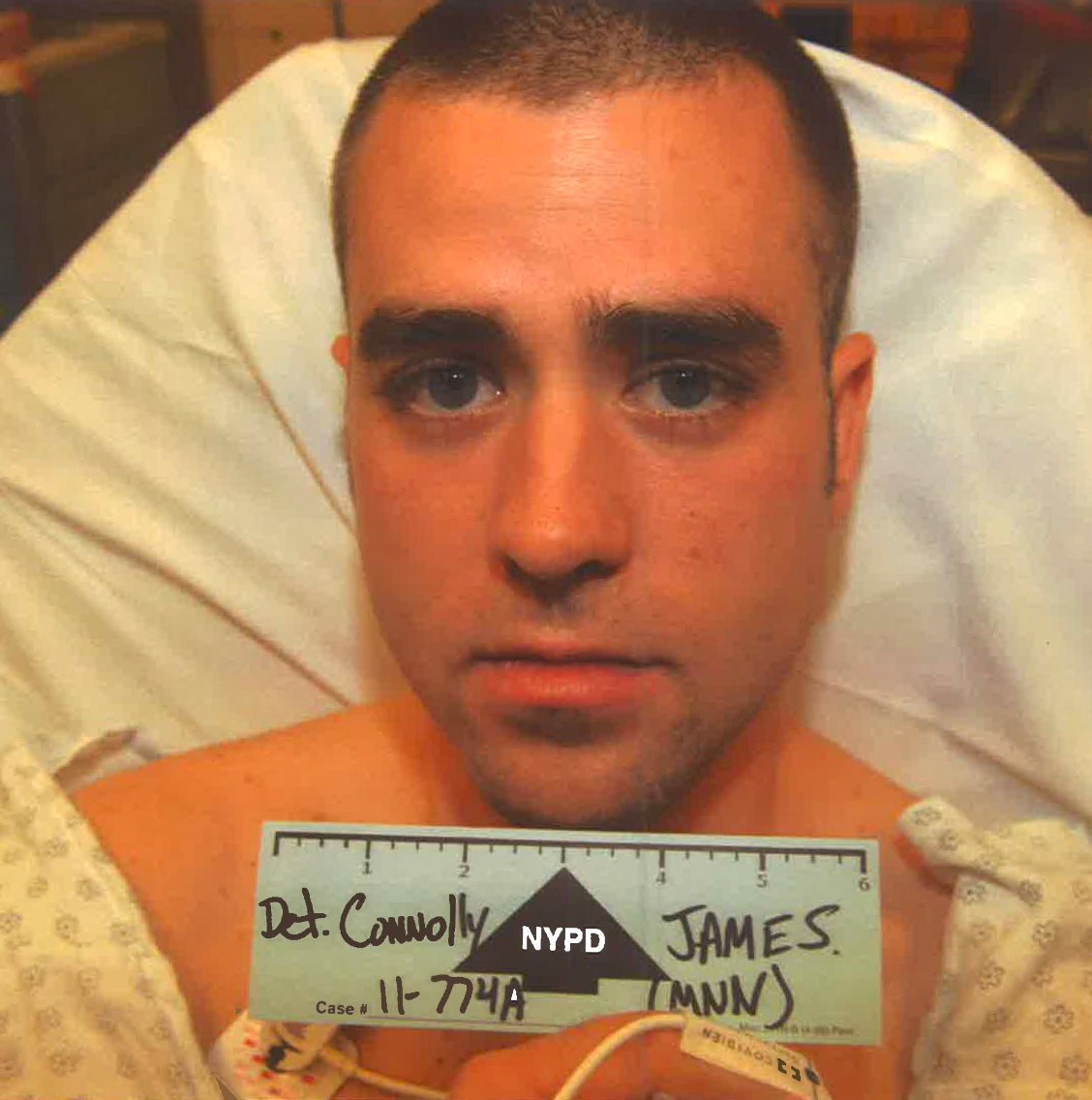
Collado’s wife Amarillis and other family members arrived and tried to help Collado, but were prevented from reaching him by the officers.
“I was told cops were nudging him with their feet to see if he was alive,” Collado’s brother-in-law Joe Wright said. Police delayed medics from reaching him, and didn’t allow the ambulance to leave straight away to take him to hospital.
He was eventually given an anesthetic about 50 minutes after the shooting after being taken to Harlem Hospital in intense pain, according to court testimony.
Dr Wright told The Independent that family members arrived at Harlem Hospital to find a group of police officers preventing anyone from entering beyond the lobby. They were told by police Collado’s condition was “stable” but weren’t permitted to see him or even speak to his doctors.
An officer told the family they had to go to the 34th Precinct to get permission to see Collado. When they got there, the senior officer on duty effectively told them to get lost, Dr Wright recalls.
“You don’t know enough at that moment to really fight it,” Dr Wright tells The Independent. “That is the worst regret that I have that we walked out of there without raising holy hell.”
Collado was pronounced dead at 12.33am the next morning, about seven hours after the shooting and before any family had been allowed to see him.
While the family had been waiting at the hospital, an NYPD officer asked them about his background and hobbies. A family member casually mentioned that he liked to wrestle, his brother Pablo Collado told The Independent.
The headline in The New York Daily News the next day read “Former professional wrestler shot by NYPD cops”.
The NYPD also falsely insinuated that Collado was involved in the drug trade. The NYPD’s 2011 annual firearms discharge report described Collado as “the second subject” who “had prior arrests associated with narcotics”.
The sully on Collado’s reputation was an example of how the NYPD often tried to characterise victims of police violence, trial attorney Sam Shapiro told The Independent in a phone interview last week.
“It was ridiculous. Wrestling was a little hobby of his. It was totally divorced from the reality of who John was,” Mr Shapiro said.
What made the situation even more galling for the Collado family, was that he was someone who respected the police, and had several friends in the force.
After the shooting, police officers flooded the neighbourhood looking for witnesses, intimidating some into silence, recalls Dr Wright.
Mr Shapiro told The Independent it was very hard to get anyone to testify about what had happened.
The family tried to find out the name of the officer who had shot Collado, aware that the days after a police shooting were crucial to shaping whether the case would attract significant media attention and lead to accountability.
While the police were quick to put out false information about Collado, it would be a year before Mr Connolly was identified publicly, and his fatal shooting of Anthony Roman came to light.

The Collado family filed a complaint with the Civilian Complaint Review Board in the weeks after the shooting. In 2012, a grand jury declined to indict Mr Connolly over the shooting. He was also cleared in an investigation by the NYPD’s Internet Affairs Bureau.
Dr Wright said he called the assistant district attorney Maxine Rosenthal regularly about the grand jury process.
“I thought I was calling her to find out what was happening in the process, were they making progress? And at one point she said to me, ‘do you have anything else to present to the grand jury?’ I was like, ‘you have all of the investigators’.”
The Independent attempted to reach Ms Rosenthal to ask her about the investigation.
Calls for a federal probe by the Justice Department went nowhere. The case would eventually go to trial in 2018, where a jury was unable to reach a verdict.
At a second trial, the Collado family attorney Sam Shapiro told jurors that Mr Connolly had invented “the vicious, violent encounter”.
“Because what really happened in this case, wasn’t justification to kill,” Mr Shapiro said, according to a trial transcript. “He panicked, and he shot and killed John Collado for no reason. He panicked, and then he lied. And when that happens, someone has to be held accountable.”
The trajectory of the bullet had passed through his bowels, small intestine, large intestine, many blood vessels and many nerves, causing him to suffer severe pain, pathologist Michael Baden testified at trial.
Mr Baden, a pathologist well known for his television work and in the OJ Simpson trial, testified that there was no gunshot residue on Mr Connolly’s clothing, as would have been the case if the shooting had been at point blank range under his armpit as the officer claimed.
Dr Baden also said that Mr Connolly only suffered minor injuries, inconsistent with the officer’s claims of almost being choked to death.
The jury ruled that Mr Connolly had lied, and awarded $15m to Collado’s widow Amarillis. The judge quashed a $10m punitive damages claim, and the eventual payout from the city was around $5.5m.
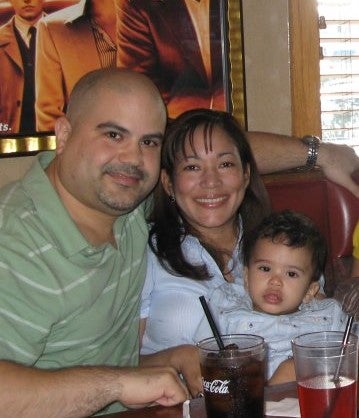
Amy Collado, who was 15 when her father died, told The Independent she became obsessed with finding out the name of the officer who killed her father after it was shielded from release.
“I used to walk the streets looking at every single badge and name wondering who had killed my father,” she recalled.
Ms Collado, now 26, testified at Mr Connolly’s two civil trials in 2018, and said it was one of the most intimidating experiences of her life.
“I see myself as a strong person, but that was as hard as losing my father,” she said.
Ms Collado said in the years since, she has forgiven Mr Connolly. She learned that the NYPD officer had two daughters of his own around the time of the civil trials, and she wondered what he thought about when he looked at her.
She said her father had been “the puzzle piece in the family that brought everyone together”.
“I see so much of myself in him,” she said. “He was strong, he was always happy. He was the type of person that could put a smile on people’s faces no matter what was going on. He radiated good energy, he was a comedian. I never saw my father mad.”
She said that if her father had known how his tragic intervention would have turned out, he probably would have done it anyway.
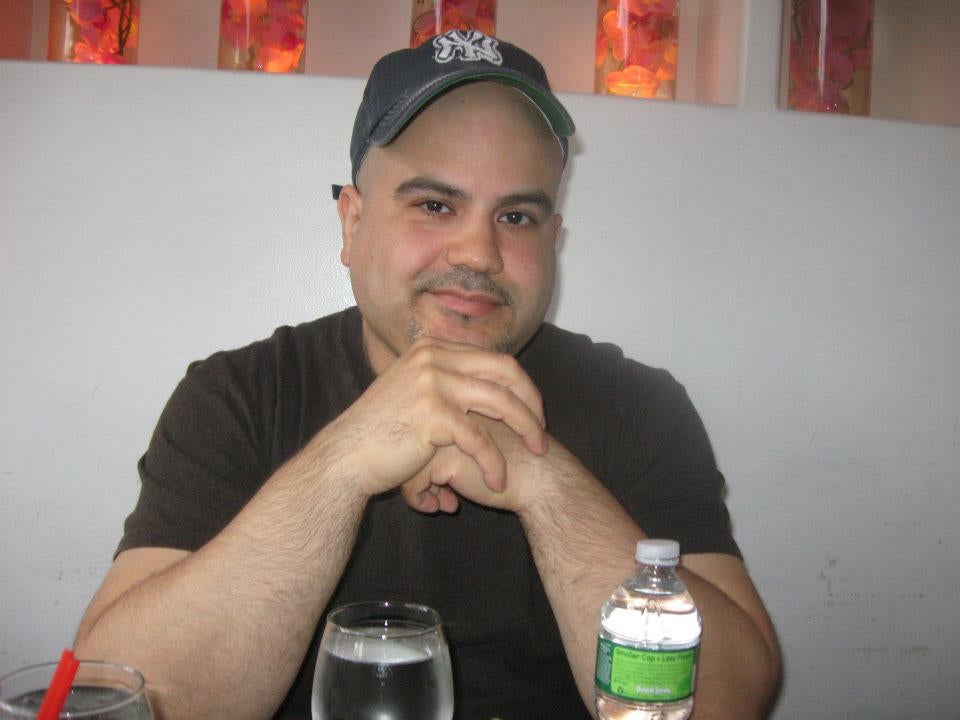
Mr Shapiro told The Independent that Mr Connolly’s behaviour on the day Collado died was reckless.
“The way he acts as a plainclothes officer, the way he presents himself, not calling for backup, trying so aggressively to arrest a marijuana dealer,” Mr Shapiro said.
“That’s the thing that’s so crazy about this. Here we are in 2023, and Batista wouldn’t even be committing a crime. Meanwhile, Connolly is trying to wrestle him to the ground in the street. When you look at it objectively and how many other options he had, it is alarming. All of those choices put him in the position where he panicked.”
The NYPD’s latest use of force report showed that the force’s nearly 34,000 officers shot 21 people in 2021, six fatally.
For one officer to kill two people in two less than three years should have led to increased scrutiny, argued Mr Shapiro, who added “but that doesn’t seem to have been the case.”
Collado’s niece Banayz Taveras, a phlebotomist and student nurse, would later sue the city after she was blocked from rendering first aid to him as he lay fatally wounded. She alleged she was physically beaten and verbally abused by officers and spent more than 24 hours in police lockup, according to a civil rights suit. She was awarded $15,000 plus legal fees in 2013.
The family business
For Mr Connolly, a third generation NYPD officer, the fatal shooting of Collado did not impede his rapid ascent through the department’s ranks.
In 2015, Mr Connolly was presented with the Combat Cross, the force’s second highest award, by then Mayor Bill DeBlasio and Commissioner William Bratton, for the 2009 shooting of Anthony Roman.
The award is given to officers who have performed an act of “extraordinary heroism while engaged in personal combat with an armed adversary under circumstances of imminent personal hazard to life”.
Dr Wright, Collado’s brother-in-law, told The Independent it was “beyond disgusting to treat a deadly act of purported self preservation as some flimsy kind of heroism”.
“The timing of it, in light of John’s death, is also shameful,” he added.
That same year Mr Connolly received the Sgt Michael Curtin Semper Fidelis Award from the NYPD Marine Corps Association Executive Board, which celebrates links between the two organisations. Members of the Collado family protested outside the event, where they were photographed by officers with telephoto lenses, Mr Wright told The Independent.
In 2016, Mr Connolly was promoted to sergeant, and given a leadership role on a joint FBI-NYPD financial crimes task force targeting international jewel thieves and high end credit card fraud.
In the year prior to his retirement, he earned just under $200,000 as a detective sergeant, according to open source data on city employee’s salaries.
What’s most troubling for Collado’s family is the close ties that Mr Connolly appears to have with the upper ranks of the NYPD.
His father, Frank Connolly, was partners with former NYPD chief of department Terry Monahan during their time working in the notorious 41st Precinct in the South Bronx in the early 1980s, a crime ridden warzone immortalised in the 1981 film Fort Apache.
“These great cops helped make NYC what it is today, and are a vital part of our vow to Never Forget,” Mr Monahan wrote of his former partner in a tweet in 2019.
Joe Wright told The Independent: “It’s the kind of place where the ties to your partner are maybe stronger than to your family, at least in the police mythology.”
Mr Connolly also appears to have been close with the former Chief of Detectives Robert Boyce, who is now a law and order consultant with ABC News.
“Breakfast this morning with a great investigator, leader and mentor,” James Connolly wrote in a since-deleted tweet alongside Mr Boyce from 2018.
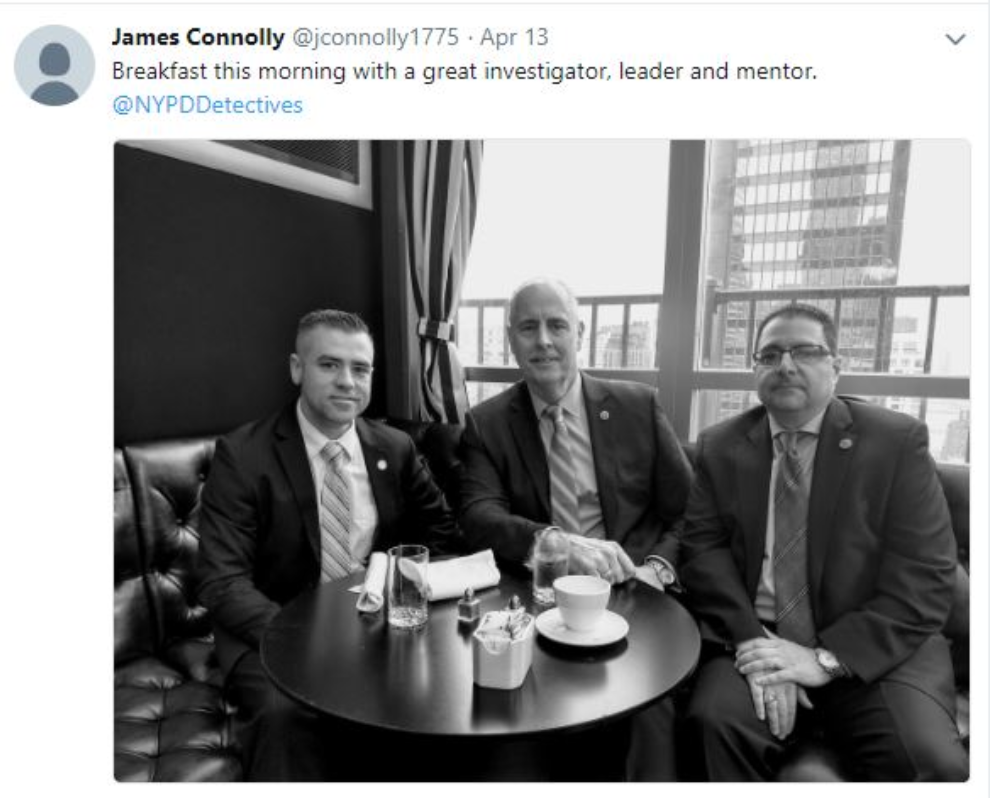
Dr Wright said that almost every large public and private organisation was required to take steps to identify and mitigate conflicts of interest.
“Not the NYPD,” he told The Independent. “It seems like everything we take a close look at in this case is problematic. This is a lot of people doing things the wrong way.”
In 2019, a ballot measure granting new powers to the CCRB was passed with the support of 73 per cent of New York City voters. It came about amid renewed focus on police brutality after the killing of Eric Garner, when police officer Daniel Pantaleo was found to have lied in an internal affairs investigation.
The measure also gave the CCRB greater teeth. It required the police commissioner to provide an explanation if its suggested disciplinary action wasn’t followed, boosted the number of seats on the board, and provide budget to the CCRB budget be able to hire CCRB for every 154 police officers.
The Police Benevolent Association lobbied unsuccessfully against the proposal, and spent $127,000 in mail outs and advertisements to stop the measure from going through.
“Political extremists and cop-haters have been attacking police officers in the streets for years. Now, they’re doing it at the ballot box,” it tweeted.
In sickness, and in wealth
After the ballot passed, Mr Collado’s nephew Joshua Lopez resubmitted a complaint against Mr Connolly to the NYPD’s civilian oversight board.
Mr Lopez told The Independent he had renewed hope that Mr Connolly would be held accountable after the CCRB was granted new powers to investigate police officers who lie about their conduct under oath.
In June 2020, CCRB investigators were given thousands of witness statements and trial transcripts on the case from the Collado family attorney.
That October, investigators made their first request for files from the NYPD.
Three months later, the NYPD handed over audio and video files, and thousands of pages of documents. Many files that couldn’t be opened by CCRB investigators.
The process was slowed as much of the information that the NYPD gave them was incomplete, and required additional requests, documents released to The Independent through a FOIL request show.
When CCRB investigators asked for a transcript of Mr Connolly’s interviews after the Collado shooting with the Internal Affairs Bureau, they were told that if any interviews had been carried out, they had no record of them.
The CCRB then scheduled an interview with Mr Connolly in April 2022. At the interview, Mr Connolly confirmed he had spoken with internal affairs a decade earlier, and requested a postponement until he’d had a chance to review his earlier transcript.
After much back and forth, the New York City’s Law Department finally located an audio recording of Mr Connolly’s interview. It was passed onto the CCRB, who shared it with the officer’s counsel.
The Independent understands that attempts to schedule a second interview with Mr Connolly continued throughout August, and he eventually agreed to a date of 16 September.
Mr Connolly failed to show up, and the CCRB were informed by his commanding officer that he had called in sick with no return date. Freed of information request records show that Mr Connolly, in fact, returned to restricted duty on 16 September.
It appears that Mr Connolly continued to try to avoid sitting for an interview with CCRB for several more weeks.
On 4 October, the CCRB called Mr Connolly’s commander to reschedule the interview, and was informed he would be on holiday until the end of October.
Another interview was scheduled for 28 October, which Mr Connolly again failed to turn up for. The CCRB were initially told he was out sick again, and later learned he had in fact returned to work on 28 October, FOIL records show.
The CCRB were then told Mr Connolly was away on holiday until 21 November.
They were later informed by the NYPD Advocate’s Office that Mr Connolly had retired on 11 November on accidental disability, weeks before his 39th birthday, ensuring he would keep collecting a substantial tax-free pension for the rest of his life.
Collado’s family received letters a few weeks later informing them that the investigation had concluded.
“This guy Connolly killed two people and ended up with a police career that 99 per cent of cops would envy,” Collado’s brother-in-law Joe Wright told The Independent.
“He got plum jobs, all kinds of recognition within the department, promotions, pumped up his earnings over the last few years. He’s retired now with a cushy pension, and has powerful people who are going to help him find other rewarding work. It sure looks like he’s a guy who is rewarded for killing people without consequences.”
‘He was known to be a peacemaker’
Collado’s nephew Joshua Lopez successfully petitioned the city to rename the corner where he lived and was murdered John Collado Way.
Mr Lopez, whose complaint saw the investigation into Connolly reopened, collected hundreds of signatures last year and petitioned the council to honour his uncle.
“He was known to be a peacemaker in the neighbourhood,” his nephew Mr Lopez told The Independent in an interview.
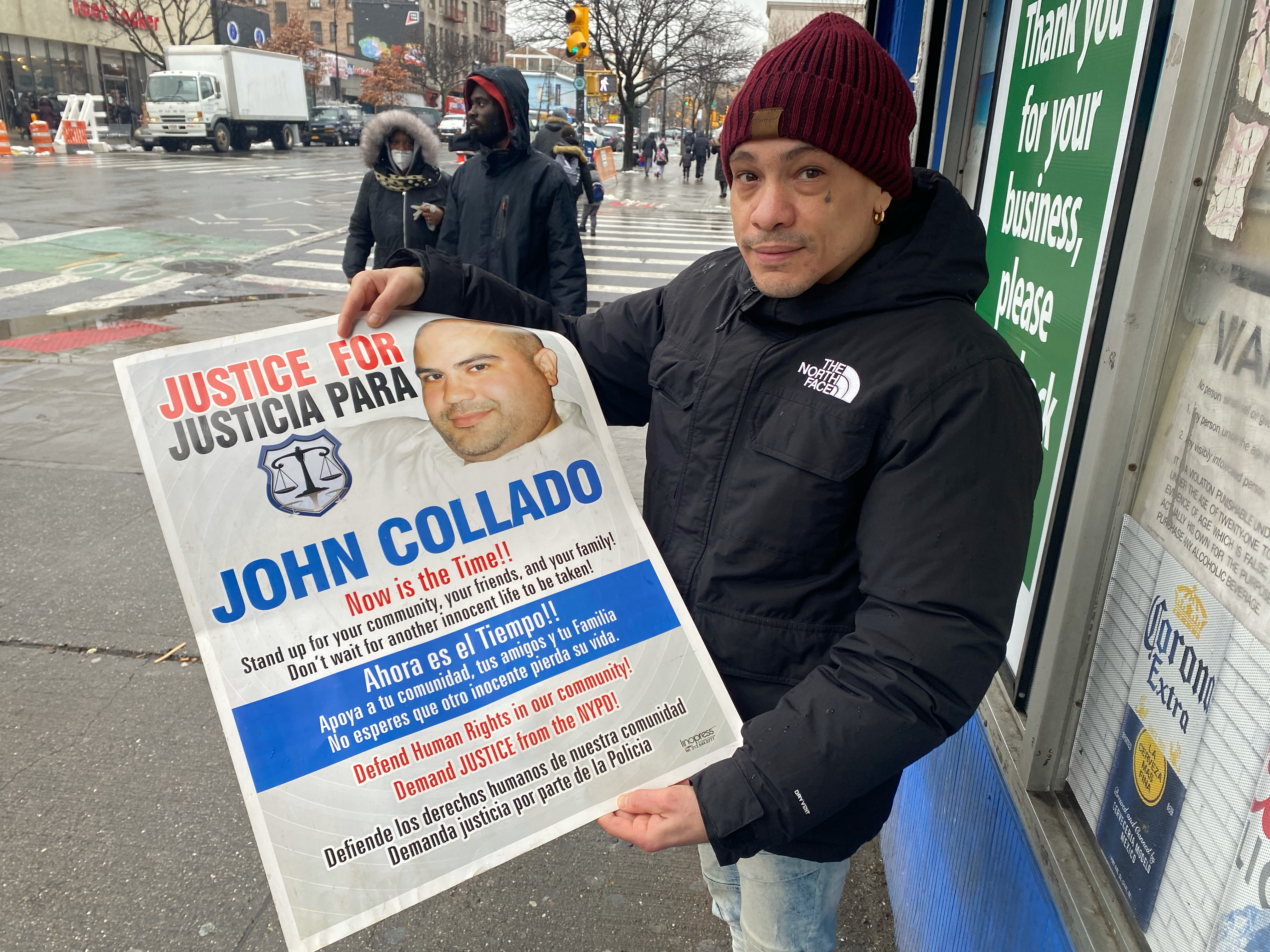
“People would tell me stories about him, he was really loved in the community.”
A renaming ceremony is happening on 25 March, which would have been Collado’s 55th birthday.
Mr Lopez said he hopes that the police officers who pass by John Collado Way think of his uncle.
The Independent submitted a list of questions to the NYPD. In response, a spokesperson said: “Sergeant James Connolly retired in November of 2022.”
Mr Connolly did not respond to requests for an interview.
